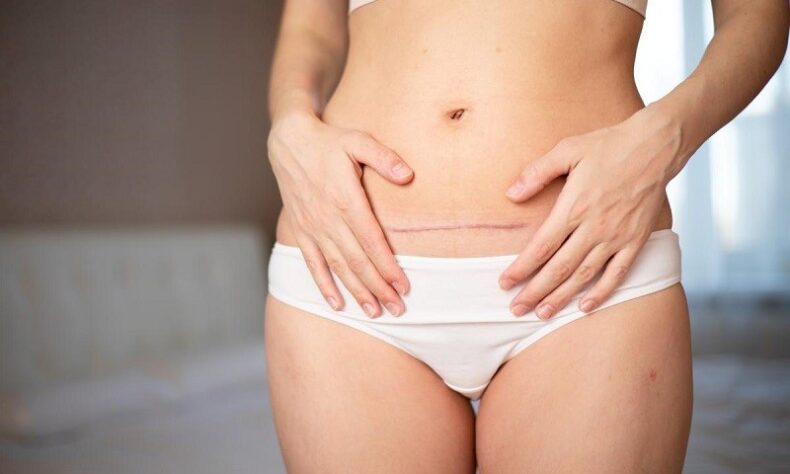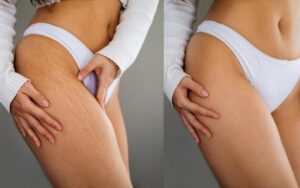
Scars can be a constant reminder of an accident, surgery, or a skin condition you experienced in the past. But what if you could get rid of those old scars and improve your skin’s appearance? In this article, we will discuss the top techniques and treatments to help you eliminate old scars and regain your confidence. We will cover home remedies, over-the-counter treatments, and professional treatments to give you a comprehensive understanding of your options for scar removal.
Understanding Scars and the Healing Process
Before we delve into scar removal techniques, it’s essential to understand how scars form and the factors that influence their appearance. Scars are a natural part of the body’s healing process after an injury or trauma to the skin. They occur when the body produces collagen, a protein that provides strength and support to the skin, to repair the damaged tissue.
Several factors can impact the appearance of scars, including the size and depth of the wound, the location of the injury, the person’s age, and their skin type. Some individuals may be more prone to developing noticeable scars due to genetics, while others may have a lower risk.
Home Remedies for Scar Reduction
There are several home remedies you can try to help reduce the appearance of old scars. While results may vary, these remedies can be a cost-effective and convenient way to improve your skin’s appearance.
- Aloe Vera: Known for its soothing and healing properties, aloe vera can help promote the skin’s natural healing process and reduce inflammation. Apply pure aloe vera gel directly to the scar and gently massage it in. Repeat this process two to three times per day for best results.
- Lemon Juice: The natural acidity of lemon juice can help to lighten scars and promote an even skin tone. Apply fresh lemon juice directly to the scar and leave it on for 10-15 minutes before rinsing off. Be sure to use sunscreen when using lemon juice, as it can make your skin more sensitive to sunlight.
- Honey: With its natural antibacterial and anti-inflammatory properties, honey can help to moisturize and heal damaged skin. Apply raw honey to the scar, cover with a bandage or dressing, and leave it on overnight. Rinse off in the morning and repeat daily for best results.
Over-the-Counter Treatments for Scar Fading
In addition to home remedies, there are several over-the-counter treatments available for scar fading and healing. These treatments often contain ingredients that can help to break down scar tissue and promote the growth of new, healthy skin cells.
- Silicone Gel Sheets: These adhesive sheets can help to flatten and fade raised scars by applying pressure and moisture to the skin. They can be worn for several hours each day and can be reused for several weeks.
- Mederma: This popular over-the-counter scar treatment contains onion extract, which has been shown to have anti-inflammatory and skin-lightening properties. Apply Mederma directly to the scar daily for at least eight weeks to see results.
- Hydroquinone: This skin-lightening agent can help to reduce the appearance of dark scars. It is available in over-the-counter creams and should be applied directly to the scar twice daily for at least three months.
Professional Treatments for Scar Removal
If home remedies and over-the-counter treatments aren’t providing the desired results, professional treatments may be a more effective option for scar removal. These treatments should be performed by a dermatologist or a qualified medical professional.
- Chemical Peels: A chemical peel involves the application of a chemical solution to the skin, which causes the outer layers to peel away. This process can help to reduce the appearance of scars by encouraging the growth of new, healthy skin cells.
- Microdermabrasion: This treatment uses a machine to exfoliate the skin’s surface, removing dead skin cells and promoting the growth of new cells. Microdermabrasion can help to improve the texture and tone of the skin, reducing the appearance of scars.
- Laser Therapy: Laser treatments use focused light energy to break down scar tissue and stimulate the production of new collagen. This can help to improve the texture and appearance of scars over time.
- Surgical Scar Revision: In some cases, a surgical procedure may be necessary to remove or reduce the appearance of a scar. This may involve excising the scar and re-closing the wound or using skin grafts or flaps to cover the scarred area.
Tips for Scar Prevention and Improved Healing
In addition to treating existing scars, it’s essential to take steps to prevent future scarring and improve the healing process. Here are some tips to keep in mind:
- Keep wounds clean and protected to prevent infection and promote proper healing.
- Avoid picking at scabs or scratching the skin, as this can cause further damage and increase the risk of scarring.
- Apply sunscreen to healing wounds and scars, as sun exposure can darken the scar and slow the healing process.
- Stay hydrated and maintain a healthy diet, as proper nutrition can support the skin’s healing process.
- Be patient and give your skin time to heal, as the appearance of scars can continue to improve over several months or even years.

Conclusion
While it may not be possible to eliminate old scars entirely, there are numerous techniques and treatments available to help reduce their appearance and improve your skin’s overall texture and tone. By exploring home remedies, over-the-counter treatments, and professional options, you can find the best solution for your unique needs and regain confidence in your skin. Remember to practice proper wound care and prevention techniques to minimize the risk of future scarring and support your skin’s natural healing process.





